This animation show where and when photosynthesis happens around the world as the seasons come and go. The land in the Northern Hemisphere gets greener each spring and summer, an indication of high rates of photosynthesis, and yellow during autumn as most plants become dormant and the amount of photosynthesis decreases. In tropical rainforest areas, plants live and photosynthesize all year long.
SeaWiFS Project
The Earth's Biosphere
The biosphere includes all living things on our planet – the life on land and in the oceans - plants, animals, fungi, protists with only one cell, and even little bacteria.
Other than water, the most common thing in the bodies of living things is an element called carbon. There are so many living things on the planet that if you added up all the carbon in all of their bodies, cells, trunks, stems, and leaves it would be heavier than 116 billion school buses!
The biosphere can impact the Earth’s climate. This is because the biosphere can change the amount of greenhouse gases that are in the air of our atmosphere. When plants make their food by doing photosynthesis, oxygen is put into the air and carbon dioxide greenhouse gas is taken out of the air. When plants and animals respire, carbon dioxide is put to the air and oxygen is taken out of the air. Microbes that live in soils can add nitrous oxide, another type of greenhouse gas, to the air. When people burn fossil fuels, forests, and fields, greenhouse gases are released into the atmosphere too.
Last modified May 7, 2007 by Lisa Gardiner.
You might also be interested in:

Kingdom Plantae has almost 300,000 different kinds of plants. Plants are found all over planet Earth. They can live in fields, in swamps, in oceans and in the desert. They can live where it is hot and
...more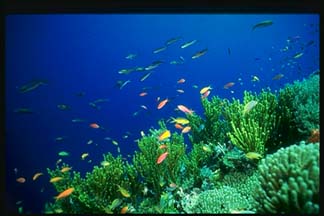
Members of the Kingdom Protista are an unusual group of organisms that were put together because they don't really seem to belong to any other group. Some protists look or act like plants, others look
...more
Each Eubacteria is a tiny prokaryotic cell. Some can make food from sunlight through photosynthesis. Cyanobacteria, also called blue-green algae, are able to do this. They have been living in the oceans
...more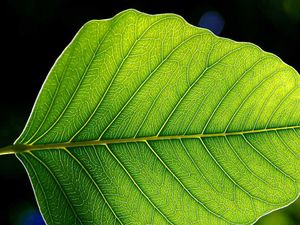
There are many different kinds of plants. Some have big leaves. Some have small leaves. Some even have flowers. All plants make their own food. When sunlight hits the leaves of a plant, photosynthesis
...more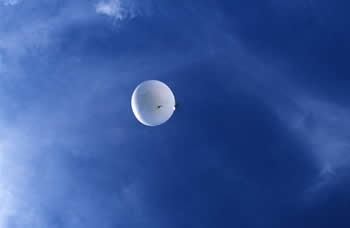
You can’t see air molecules. But if you could, you would see that most of them are made of two atoms of nitrogen bonded together. Nitrogen is not just in the sky. It is found all over the planet. It is
...more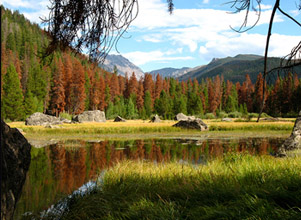
In the forests of the southern Rocky Mountains, trees are being killed by beetles that eat bark. Scientists are looking at forests where the beetles are eating the trees. They want to understand how trees
...more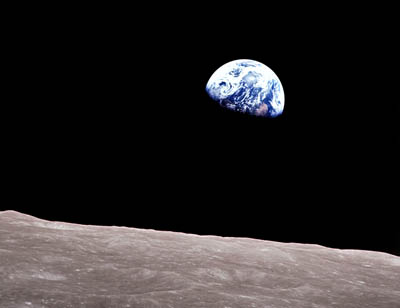
The first time people got to see the whole Earth was in 1968 when astronauts took pictures of the Earth as they traveled to and from the Moon. In their photographs, the Earth looks like a small blue and
...more














